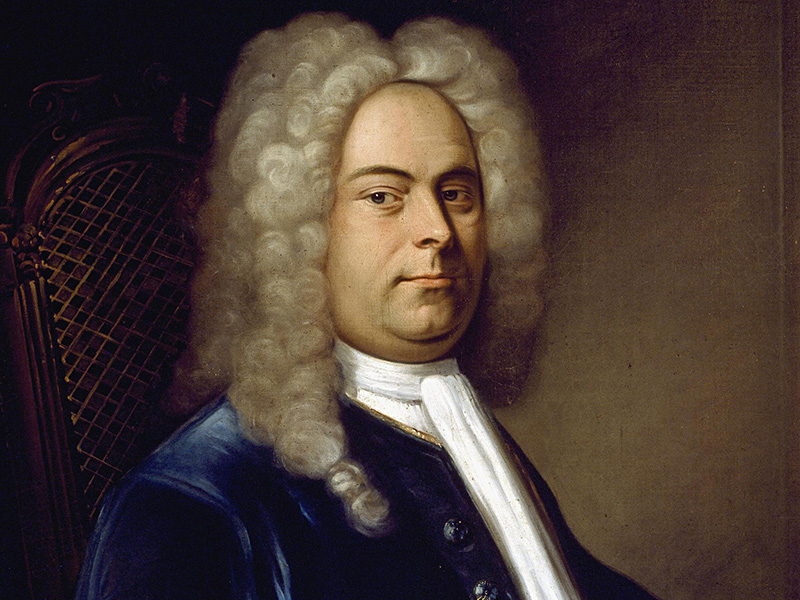by Arlo McKinnon
Opera News
One of George Frideric Handel’s early oratorios, La Resurrezione was completed in 1708. The twenty-three year old composer was in the midst of a three-year stay in Rome, where he received patronage from wealthy members of the higher clergy and from the aristocracy, including the Marchese Francesco Maria Ruspoli, who commissioned and sponsored a lavish first performance of this oratorio. While La Resurrezione does not enjoy the lofty popularity of such later Handel oratorios as Messiah, Belshazzar or Judas Maccabaeus, it is a solid, worthy effort, filled with wonderful music. On March 25, the Helicon Ensemble presented La Resurrezione in a charming performance in the Morgan Library and Museum’s Gilder Lehrman Hall.
La Resurrezione features five singers and an instrumental ensemble. It depicts Christ’s time of entombment and the early morning hours of Easter Sunday. Carlo Capece’s libretto respects the gospel accounts, but delivers more drama by incorporating explanatory conversations between an Angel and Lucifer, episodes of theological exegesis by St. John and emotional meditations by Mary Magdalene and Mary Cleophas. The Helicon Ensemble performance was graced with an excellent cast of singers. Soprano Sherezade Panthaki gave a dramatic performance as the Angel. She was stentorian during the angel’s pronouncements, scolding yet not harsh in dialogue with Lucifer, and offered dazzling ornamentation in her more joyful numbers. Soprano Shannon Mercer offered an introspective perspective on Mary Magdalene. Her meditation on the death of Jesus was plaintively sorrowful with great warmth of tone. One of the highlights of La Resurrezione is the aria “Hò un non sò che nel cor,” which leads into Act I’s closing chorus. Mercer’s rendition of this text that urges us to reject sorrow was truly joyful and fulfilling. Alto Kirsten Sollek gave a stunning performance as Mary Cleophas. Sollek has a deep rich tone with varied colors, all shone to great effect in her more contemplative arias. She was amazing in the “Naufragando và per l’onde,” in which she presented breathtaking ornamentation in her lower tessitura, a difficult feat that she made to sound easy. This aria featured the contrast of a serene middle section, surrounded by the agitated depiction of a boat on a stormy sea.
Tenor James Taylor gave a strong portrayal of St. John. His ability to convey the complex set of emotions required in this role was stellar. He was most impressive in Act II’s “Caro figlio,” in which he had to convey complex and shifting senses of joy, sorrow and profound love. His lightness of delivery here showed great sensitivity, making the aria singularly compelling. Baritone Mischa Bouvier has a warm and flexible voice that served him well in the lesser role of Lucifer. He performed the challenging chromatic aspects of his recitative “Qual insolita luce” with aplomb, effectively conveyed Lucifer’s violent arrogance in the aria “Caddi è ver,” and finely captured the pitiful surrender yet smoldering defiance in Act II’s “Per celare il nuovo scorno.”
Music director Avi Stein led his excellent ensemble with assured confidence and great sensitivity to the singer’s needs. Among the instrumentalists, particular praise was earned by orchestra leader Robert Mealy, particularly for his lovely duets with Sollek in “Augelletti ruscelletti” (performed in the world premiere by the great composer and virtuoso, Arcangelo Corelli!), and principal cellist William Skeen for his exquisite renditions of the numerous obbligato solos throughout the oratorio.



